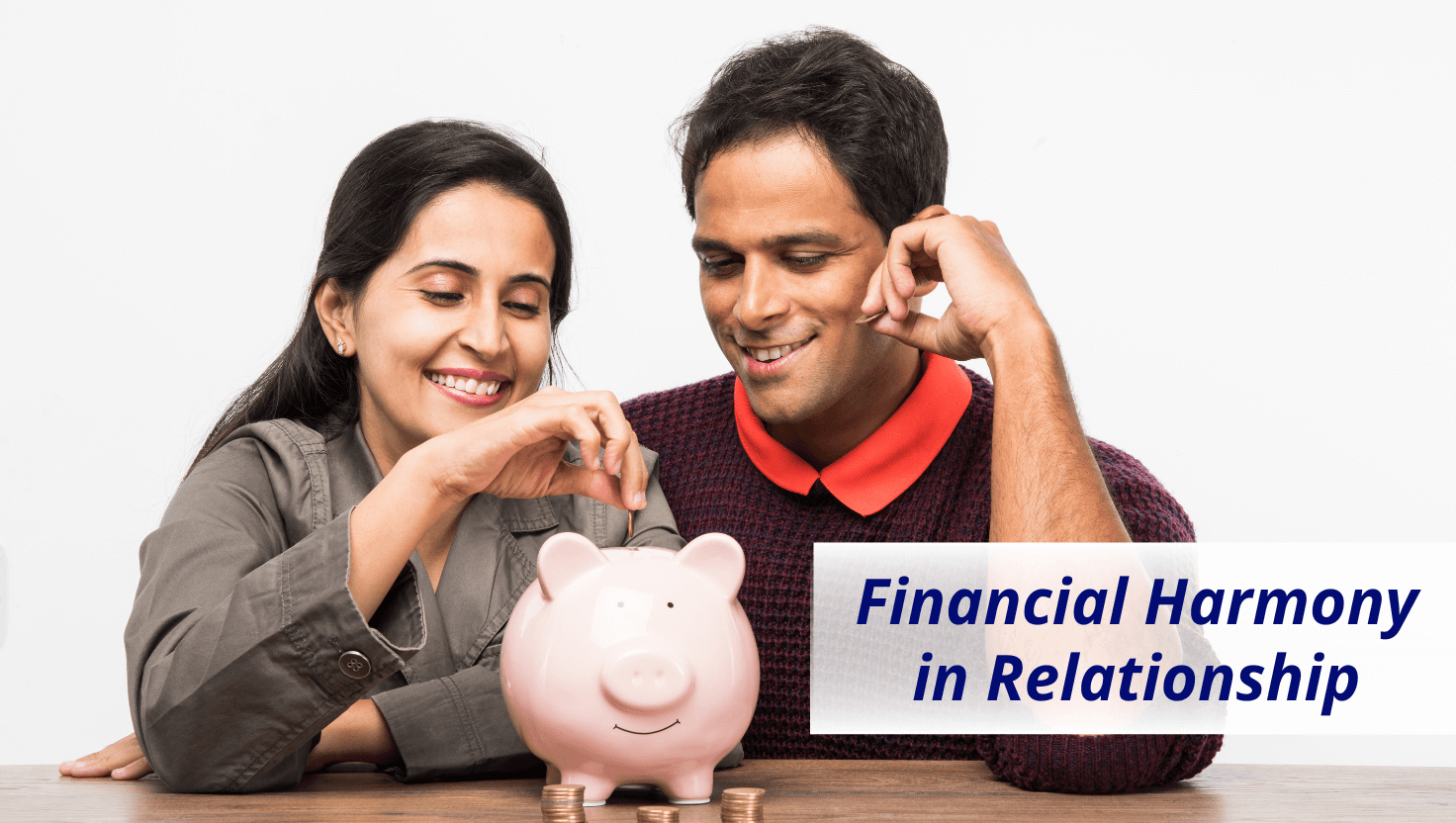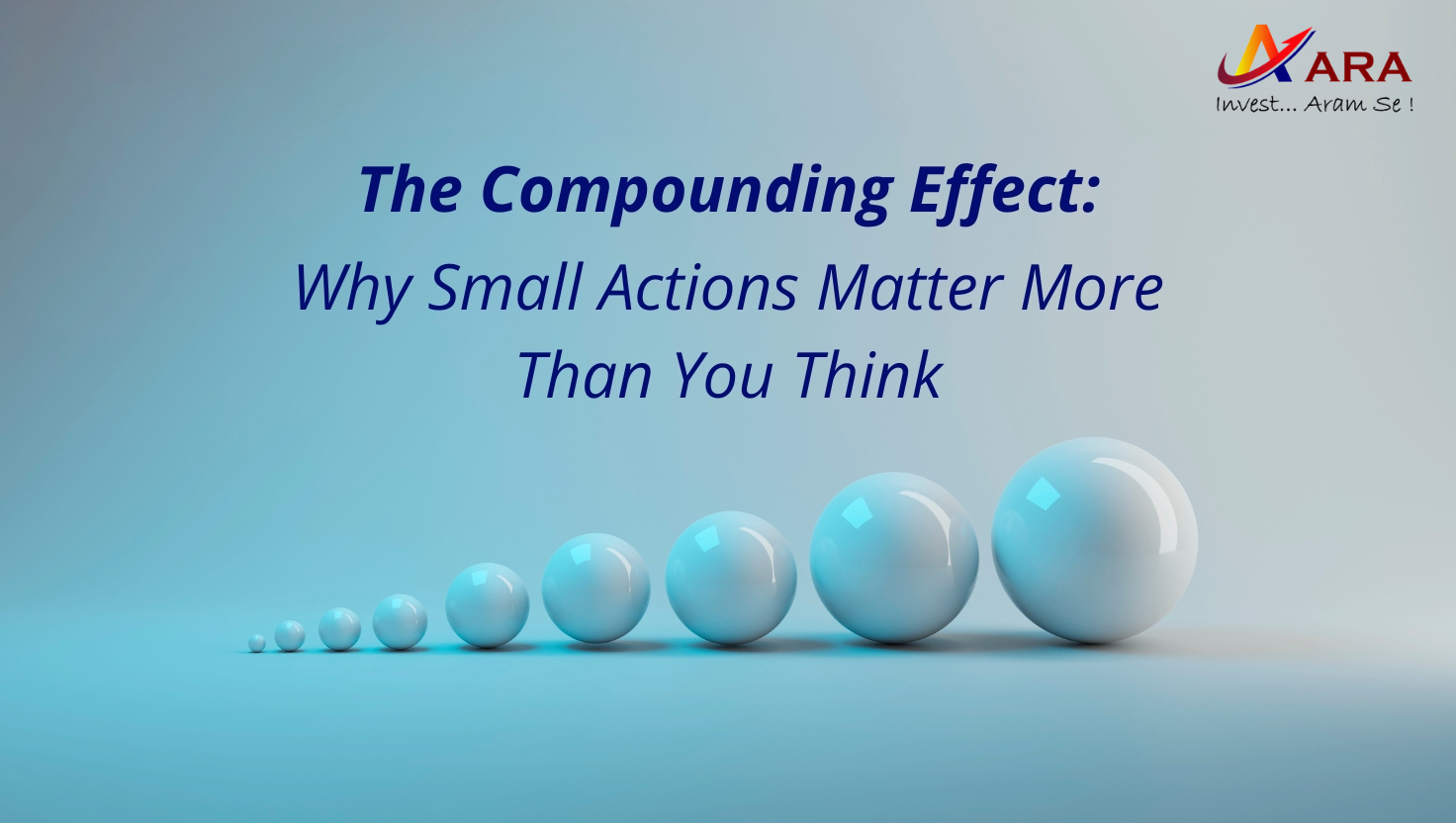Hybrid Mutual Funds, as the name indicates, invest in a combination of two different asset classes – Debt and Equity. The Debt portion, aiming stability, gets invested in fixed income instruments like Govt. Bonds, Corporate Bonds, Debenture etc. Whereas the Equity portion gets invested in shares of listed companies which is volatile in nature but brings the cream called high returns in the long term. Hybrid Funds are not an innovation of recent past. They have been in existence for over a decade already.
Depending on the proportion of Equity & Debt, they further get classified as Aggressive Hybrid Fund, Balanced Hybrid Fund, Conservative Hybrid Fund, Dynamic Asset Allocation or Balanced Advantage Funds, Multi Asset Allocation Funds, and Equity Savings funds. Generally, the funds which invest more than 65% of its money in Equity or related investments are considered as aggressive funds. And the Funds which invest more than 65% of its money in Debt instruments are considered as conservative funds. Hybrid Funds addresses an investor’s need of asset allocation and at the same time relieve them from the complexities related to it.
We all have been experiencing a southward moving interest income for almost a decade and half. And the present scenario of low interest rate appears like a crisis for many of us. A crisis usually pushes our minds to be innovative. Hence, it is leading us to search for alternatives to earn better returns. We always hear that risk and return go hand in hand. Risk is something which is not known or understandable (Read our blog on Risk). We all have learnt it in a hard way that even traditional fixed-return products also carry some risk – the risk of reducing interest rates. And when it comes to equity, it all hinges on how we react to the universal truth that equity markets are volatile. But then, is it possible to earn a higher return without taking higher risk? The answer is Yes and No both. It is essential to establish a balance between the risk which we are willing to take (mentally/emotionally), risk which we can afford to take (basis our overall financials), and the risk which we are required to take (to earn a higher return). Moreover, when we talk of risk in equity oriented mutual funds, we are mainly referring the unpredictability of markets in the short to medium term.
Dynamic Asset Allocation Funds (DAAF) or Balanced Advantage Funds (BAF) are designed to address this problem. Unlike other Hybrid Funds, this fund dynamically rebalances the portfolio with the help of a pre-defined model. The model gives a signal to the fund manager to shift between Equity and Debt depending on the movement of equity market and the valuation factors like PE Ratio, PB Ratio etc. In simple terms, it means that whenever the equity market valuations are high, the model prompts the fund manager to reduce the equity allocation and vice versa. This “no-emotion mechanism”, many a times, tends to restrict the upside return potential, but it substantially reduces the impact of downside risk of the market, and this is the central point for investing in it.
An individual or institution should consider investing in DAAF or BAF if:
- The investment horizon for a goal is around 4 to 6 years
- The investment is for long term, but the risk-taking ability is low
- The return expectation is a little higher compared to other traditional investments for the regular inflows
For those who want a regular income for longer term, the Systematic Withdrawal Plan (SWP) can work as an excellent strategy under this fund category. The data derived by the backdated testing for SWP shows that this strategy is not only tax efficient but has also appreciated the invested capital substantially in the long term. In hindsight, it might make us feel that we missed an opportunity, but it is not late yet. Even today we feel that one should consider allocating a portion of their wallet share to this category and increase it once the confidence is gained. It is recommended to always take the advice of an expert for understanding the suitability of the product and invest accordingly.
Our Viewpoint: We have a pedigree of investing in traditional fixed-return investments and consistently renewing it every few years. We also choose some fixed-return products with a horizon of 15 years or even higher. With a similar approach, you should consider allocating a portion of your money to Balanced Advantage Fund or Dynamic Asset Allocation Fund.
Image by Steve Buissinne from Pixabay
Shreedhara is the Founder & Director of Ara Financial Services Pvt. Ltd. He has an experience of over 2 decades in Financial Service Industry with majority of it in guiding individuals and institutions on their investments requirements.









